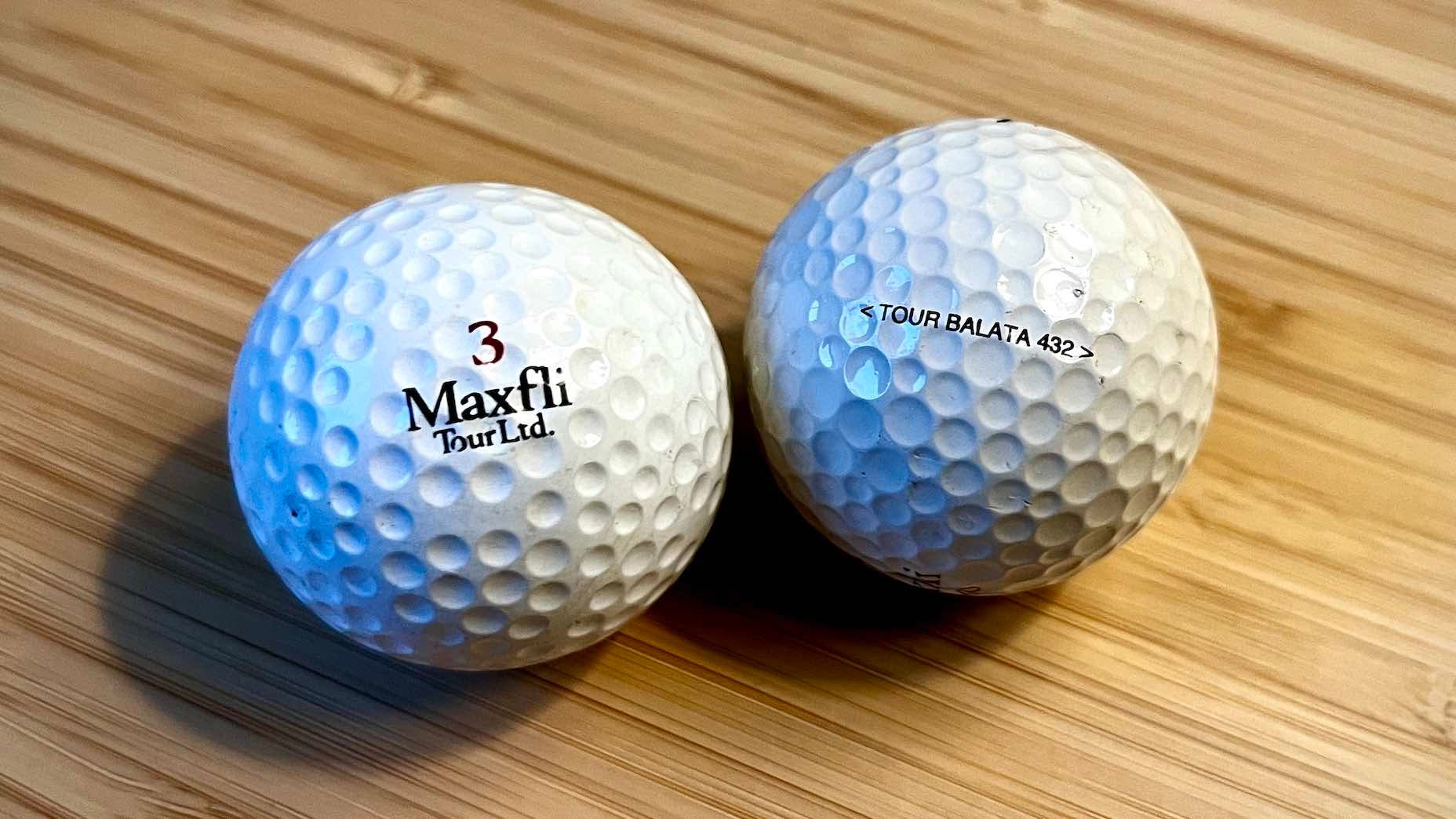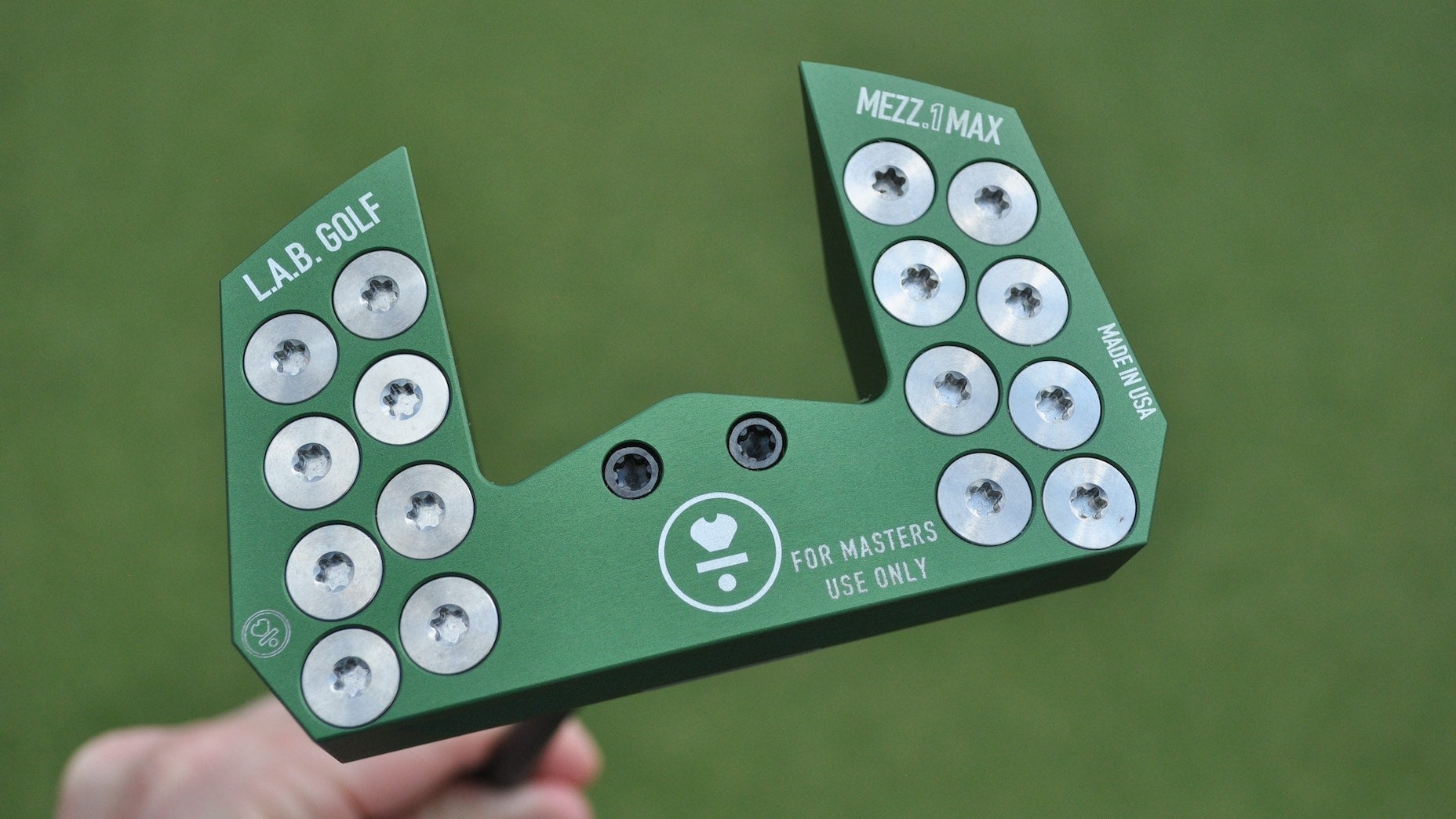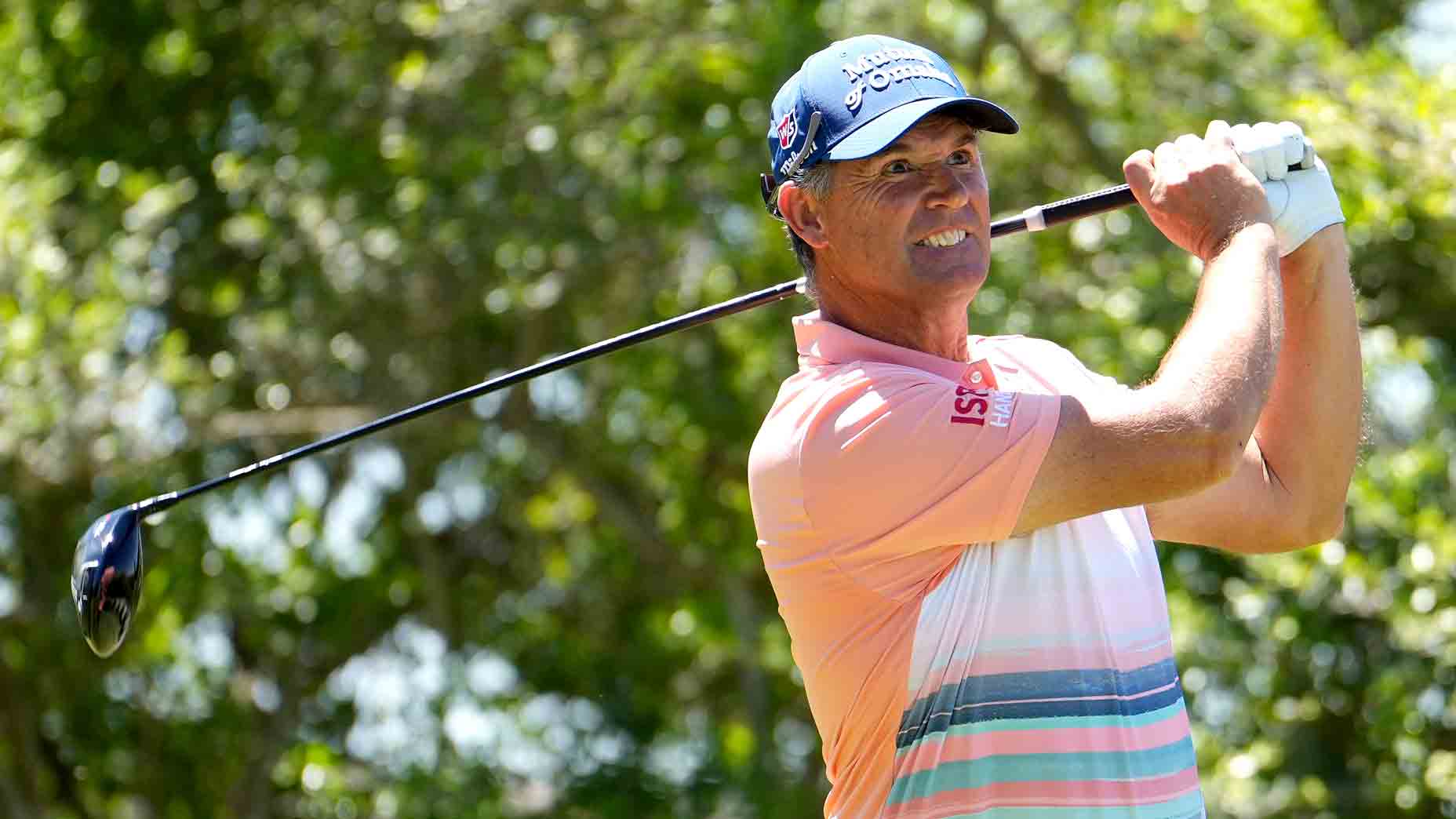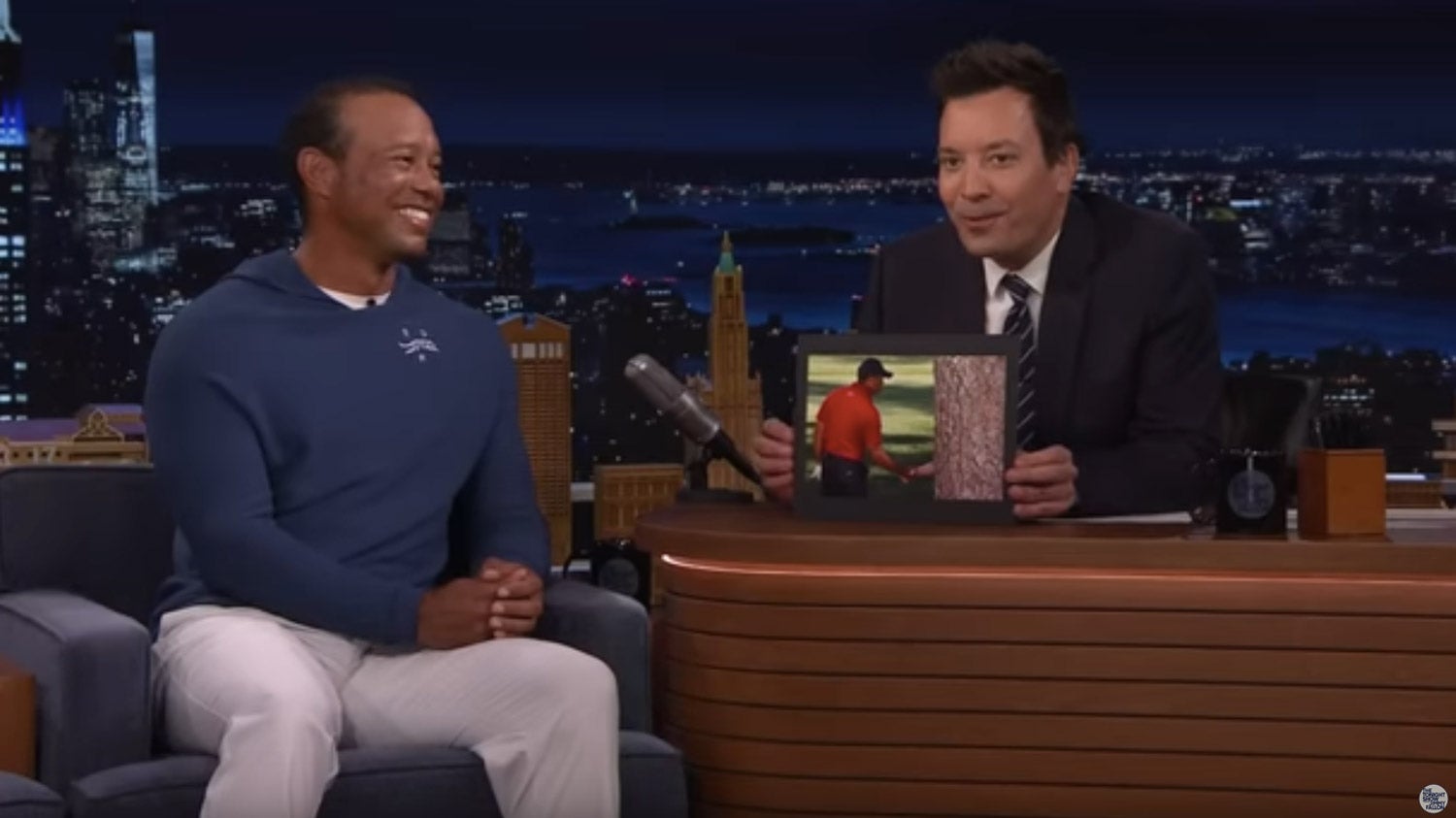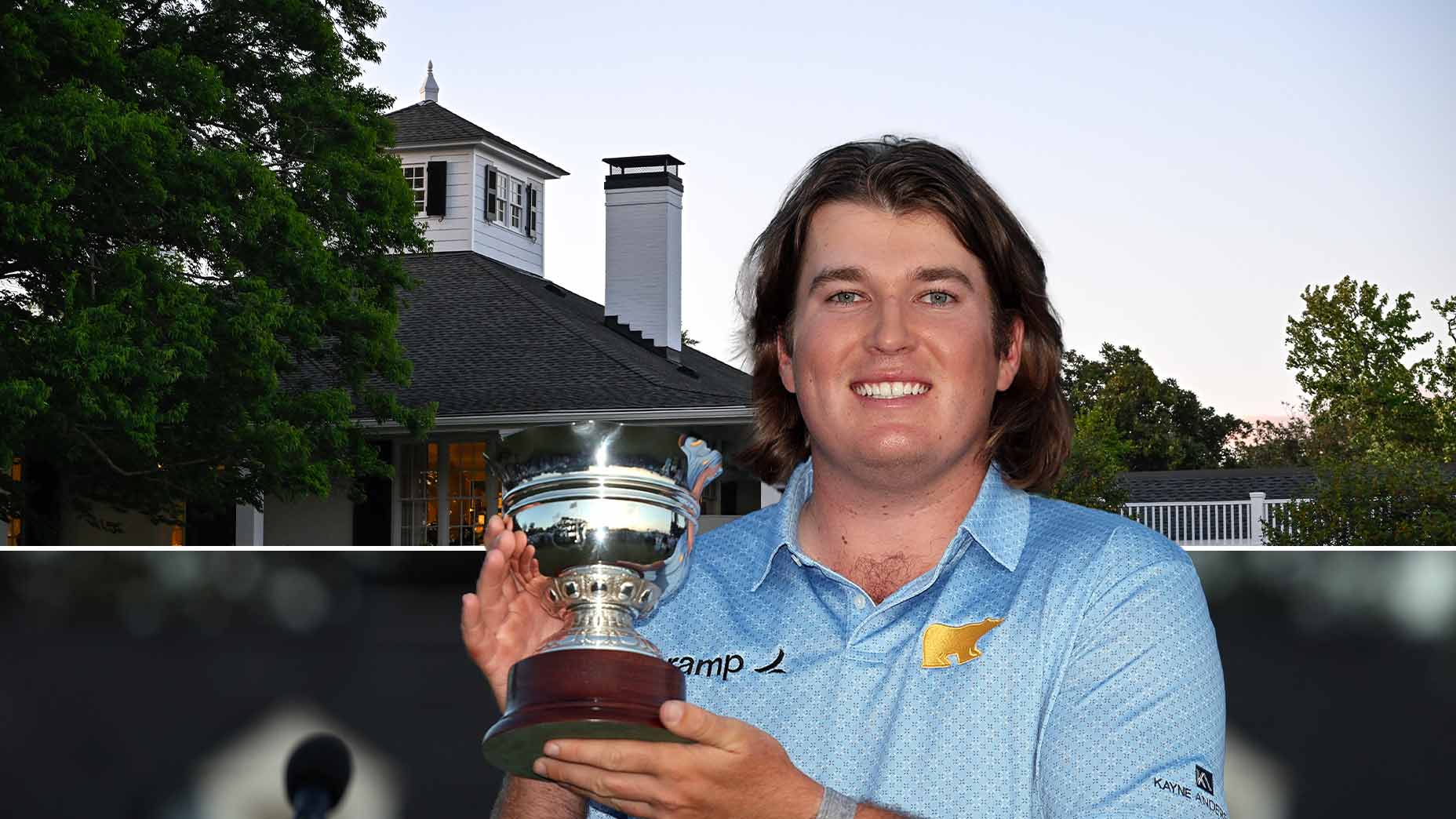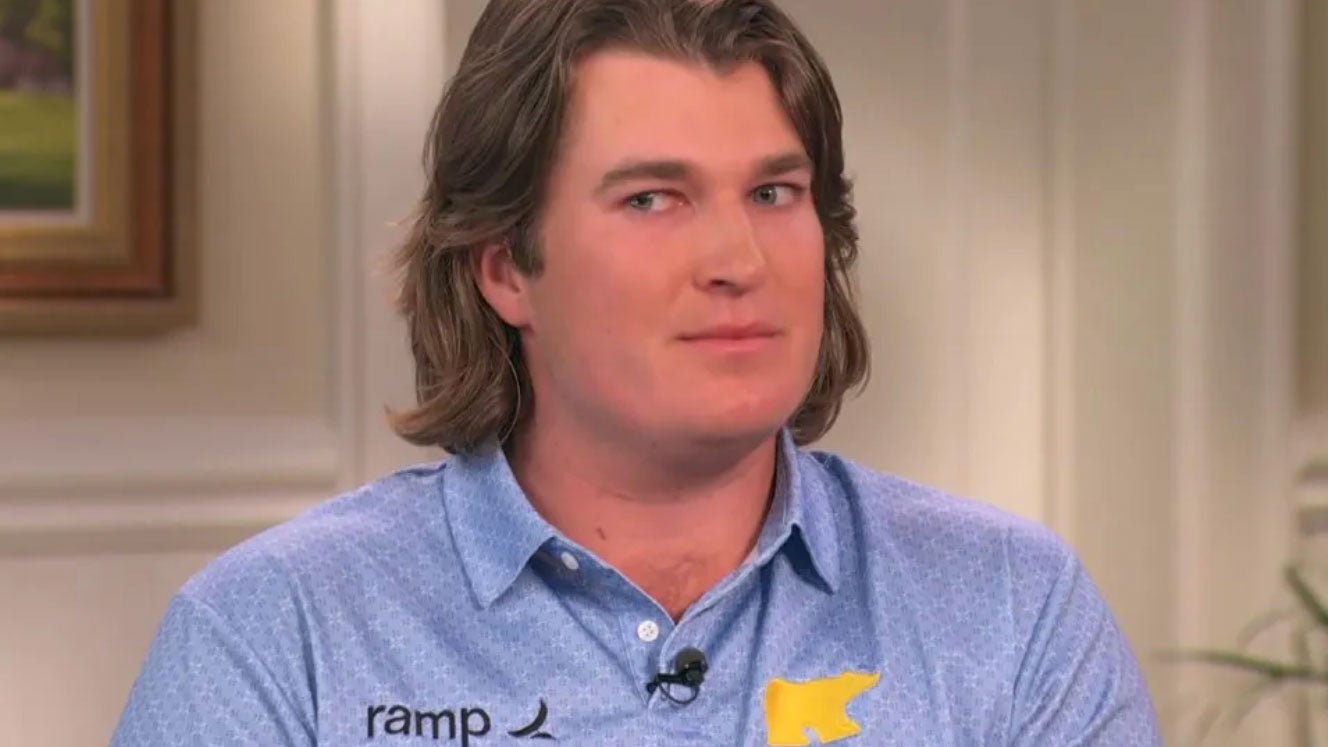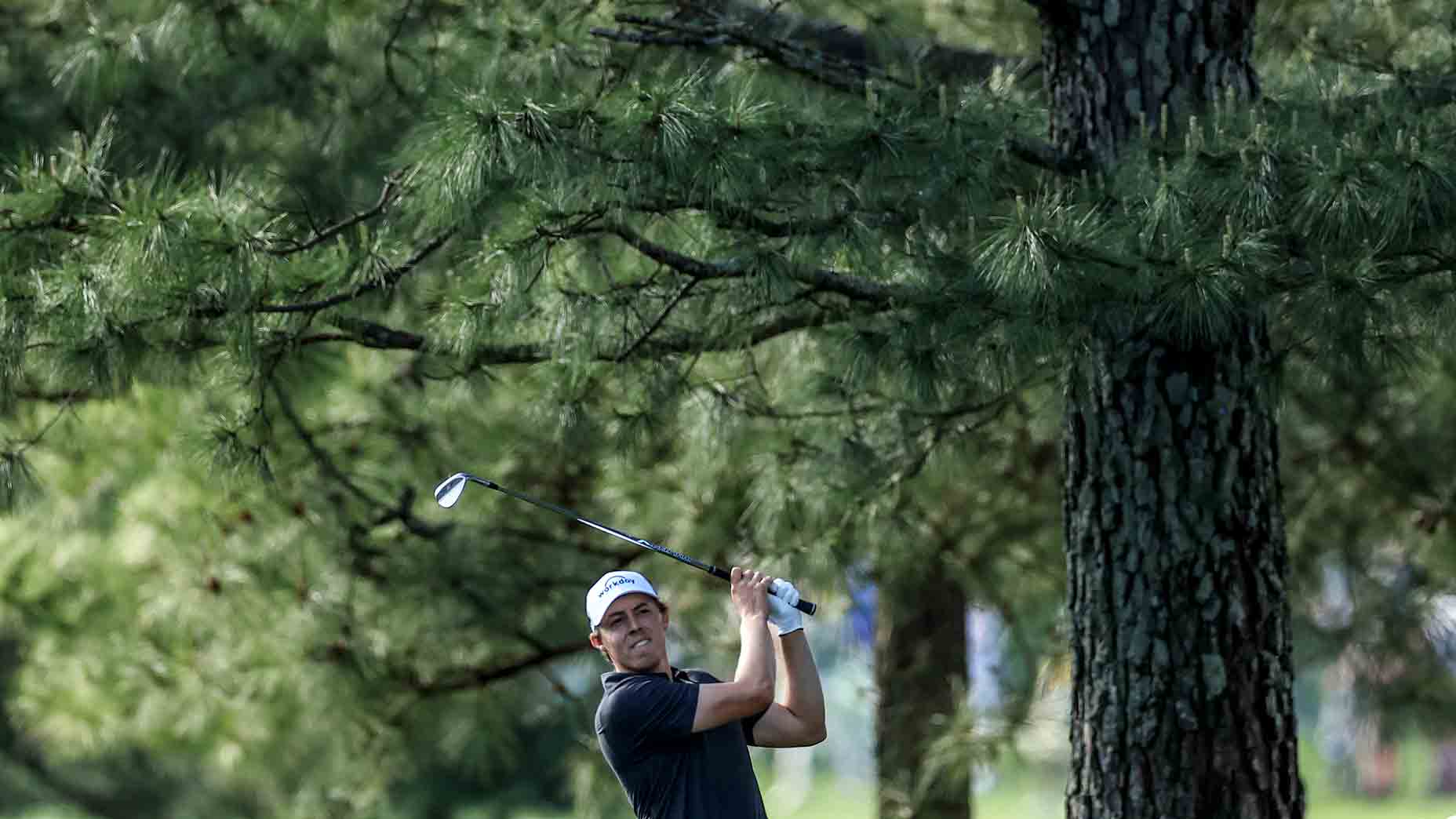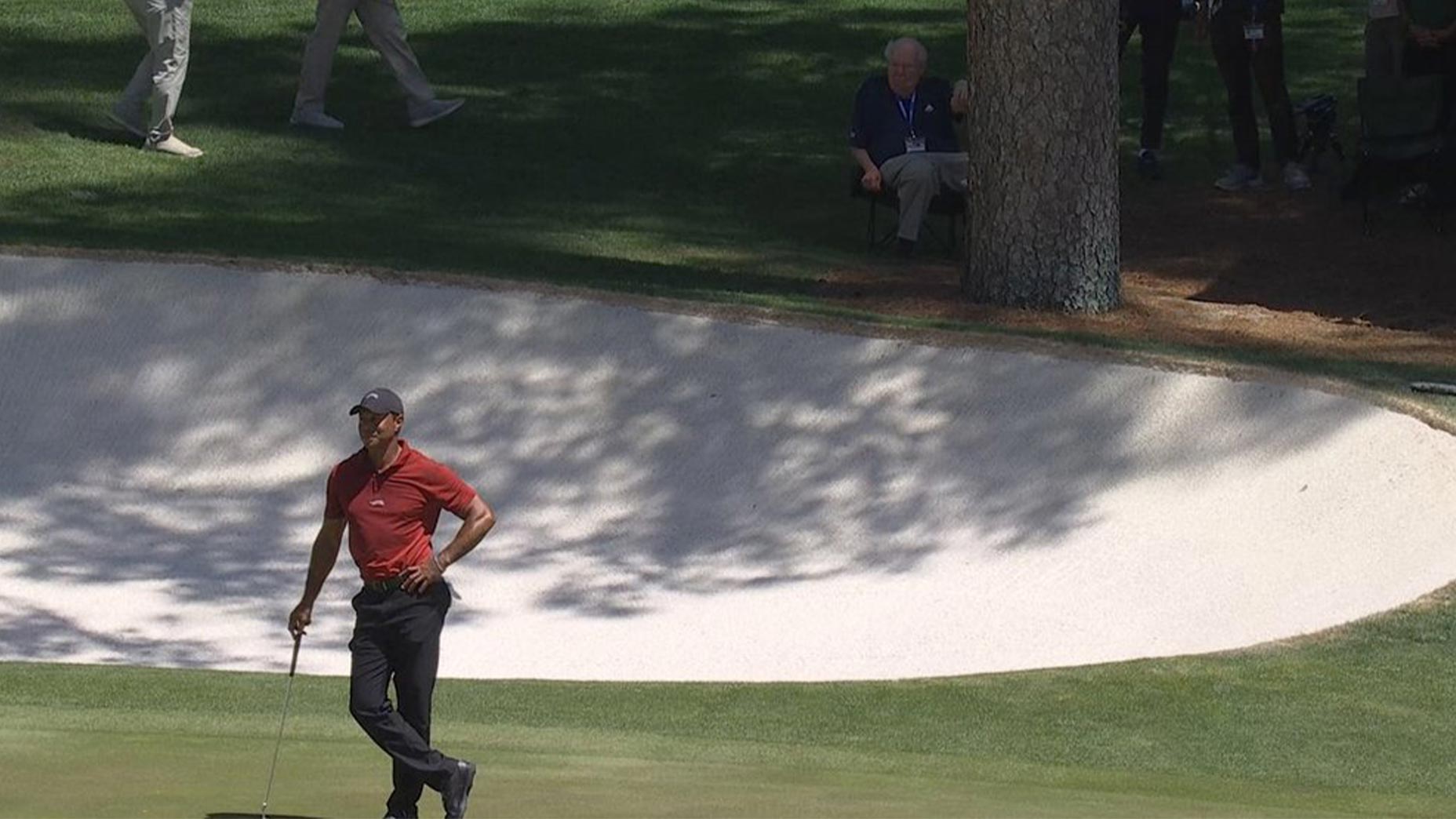How would a limited-flight ball impact the Masters? The pros weigh in

"There is a lot to think about there," Scottie Scheffler says of the possibility of playing Augusta National's 15th with a rolled-back ball.
For decades, the green jackets of Augusta National Golf Club have played defense with design, tweaking their course to gird against the modern game.
They have pulled back tees. They have tightened fairways.
The par-5 15th hole has grown longer and snugger.
The par-4 7th, which some players used to tackle with a long iron and a wedge, has been stretched to the point where it calls for driver or a 3-wood to a landing area pinched by pines.
This past offseason, in its most recent act of self-reinforcement, the club added a new tee to the par-5 13th that tacks on 35 yards.
Augusta National has the wherewithal to do most anything it wants. It can snatch up land to expand its boundaries. It can hire the industry’s best creative minds.
But architectural changes can only go so far before they compromise the character of a course.
It might soon be time for a different style of defense.
It might soon be time to play the Masters with a limited-flight ball.
On Wednesday morning, during his annual state-of-the-Masters address, Augusta National chairman Fred Ridley was asked about the club’s stance on the governing bodies’ proposed — and controversial —Model Local Rule that would allow for the deployment of a rolled-back ball in the men’s professional game as early as 2026.
The process is still unfolding, Ridley noted. With an industry-feedback period underway that could result in changes to the proposal, Ridley said that the club would wait to “look at the final product” before making a decision.
“But,” he said, “generally we have always been supportive of the governing bodies. I’ve stated that we believe distance needs to be addressed. I think the natural conclusion is, yes, we will be supportive of the proposal.”
Of course, much still needs to happen before a rolled-back ball appears at the Masters. But let’s assume it does. Let’s assume the green jackets embrace limited flight. What impact might that have on the competition? How significantly would it change the way the course plays?
“I think it could make a big difference, especially on the (par-5) 8th and 15th holes,” defending champion Scottie Scheffler said. “With the ball not going as far, maybe I can’t get to 15 in two if it’s into the wind. Maybe laying up becomes my best option. There is a lot to think about there.”
Scheffler made those remarks two weeks ago, at Austin Country Club, in Texas, where 64 of the world’s top-ranked players had gathered for the World Golf Championship Dell Match Play: a good place to take a straw poll of the game’s best.
Their opinions on a rollback at the Masters were as varied as their shot-making skills.
Some, like Keegan Bradley, agreed with Scheffler.
“It would be a whole different game plan,” Bradley said. “A driver every hole. Certainly, it would be tougher for everybody.”
Maybe, said Matt Kuchar. But probably not.
“I’ve got a theory about Augusta,” Kuchar said. “A lot of them, really. But I think they would just move the tees forward to where they were before they started buying land and length and all of that other crazy stuff, which would mean that we are back to where we started from.”
Augusta National has that power. The club can set up the course however it likes, which in turn sets it apart from other championship hosts, said Matt Fitzpatrick, who agreed with Kuchar.
“They would move the tees up to where they used to be before we started hitting it farther,” Fitzpatrick said. “I don’t really see a big difference. Maybe at other courses, but not at Augusta National.”
According to the USGA, a rolled-back ball would reduce driving distance by roughly 15 yards on average for the longest hitters, while slower-swinging pros would have less to lose: they would drop an average 10 to 12 yards.
Despite those stats, Will Zalatoris said he thought a roll-back would favor bombers.
“As one of the longer guys out here, it only helps me,” he said. “I should want it and look forward to it happening.”
The impact, he said, would be especially apparent on Augusta’s long par-4s, several of which already play as the toughest on the course.
“Like the 5th hole,” Zalatoris said of the uphill, doglegging 455-yarder. “You would see some players hitting woods into the green. That would be different for sure.”
The same would apply on 11th hole, Rickie Fowler said.
The roll-back proposal has polarized the pros. Justin Thomas has sounded dead-set against it. Jordan Spieth has described it as a head scratcher that would open a Pandora’s box of complications for manufacturers while bifurcating a game that currently benefits from everyone playing the same equipment.
But those in favor of a rollback include the looming likes of Rory McIlroy and Tiger Woods, who have said that the change would help separate the wheat from the chaff at the elite level, favoring those who flush it over those who lean more heavily on forgiveness.
Speaking in Austin, McIlroy acknowledged that with a rolled-back ball, he’d have to work harder at Augusta.
“I wouldn’t be able to carry the bunker on the 1st hole or the 2nd hole,” he said. “I’m able to carry both those bunkers now.”
Still, he said, it was crucial to protect “the integrity of the game as it was supposed to be.”
“Obviously, innovation happens, but I don’t think people imagined golf the way pros play the game right now,” McIlroy said. “I’d love to see just a little more versatility put back into the game, and I think that’s what this change would ultimately do.”
Every player would have to adapt. But that’s what the best players already do, said Adam Scott.
“I’d be hitting driver a lot more, but I do that a lot anyway,” Scott said. I think it would be harder, but I’m sure we would survive.”
With wet weather on its way to Augusta this weekend, the course is expected to play long and soft for the 2023 Masters. As for how it might play in 2026, it’s too soon to predict.


